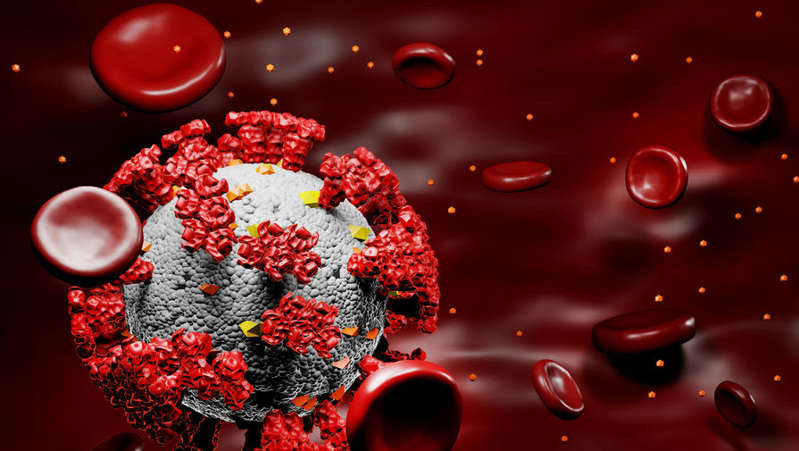
The immunologist proposed to create a new group of diseases, including COVID-19 and Ebola
In order to prevent difficulties in the classification of diseases, it is necessary to combine diseases caused by viruses that infect the vascular system into one group – angioinfections, says allergist-immunologist Vladimir Bolibok.
“Our American colleagues are certainly right, since the coronavirus, entering the body, first infects the mucous membranes, and then spreads along the vascular bed and causes damage to the inner lining of the vessels. However, along the route of transmission, it is an airborne, that is, respiratory infection.
% In this regard, I propose to single out a new group of diseases that could be called angioinfections (Latin angio – vessel) – that is, those that affect the vessels. After that, include in this group COVID-19, the Ebola virus, some types of influenza and other diseases, ”he told Gazeta.Ru.
Earlier, scientists from the University of California at San Diego said that coronavirus is a vascular, not a respiratory disease – their article was published in the scientific journal Journal Circulation Research.
According to the authors, the coronavirus primarily affects the arterial circulatory system. The spike protein, which forms the “crown” of the virus, damages the mitochondria of cells, which leads to damage to the endothelium and vascular walls.
“We believe that the development of respiratory problems in patients with COVID-19 is preceded by the development of inflammation of the vascular tissue of the pulmonary system. This explains why strokes and other complications associated with poor circulation are common, ”the experts said.
In severe forms of the disease, blood clots appear in the arteries, and it is the blood clots that most often lead to death. Based on the data obtained, it was concluded that COVID-19 cannot be put on a par with a cold or flu.
However, not all Russian doctors agreed with the conclusions of their American colleagues. According to them, the first coronavirus affects the respiratory system: the throat and lungs, and problems with blood vessels are a consequence of complications.
“Coronavirus is a respiratory virus and mainly affects the lungs. Yes, of course, the vessels suffer – during the course of the disease, it affects the lining of the inner wall of the vessels, has a strong effect on the coagulation system, ”explains the ex-head of the laboratory at the“ Vector ”center, virologist Alexander Chepurnov.
“I cannot agree with scientists from the University of California, because the vessels begin to suffer only after complications – during the infectious process,” said epidemiologist Eduard Shunkov.
“The airways and lungs are primarily affected. The airways and lungs are clearly affected. Most patients, even without confirmed pneumonia, complain of a dry cough. There are vascular lesions and strokes in patients with COVID-19, which is why anticoagulants are included in the generally accepted treatment regimens for patients with severe course, “adds doctor near medical service consultant, physician Pavel Prokin.
At the same time, the coronavirus can be considered a respiratory disease by the method of transmission – airborne.
“The SARS-CoV-2 virus can be classified as a respiratory disease by the mechanism of transmission: the main route of transmission is airborne, the virus enters the body mainly through the mucous membranes of the upper respiratory tract,” notes Prokin.
“It attacks and enters the body through the so-called entrance gate – the upper respiratory tract,” Chepurnov agreed.

